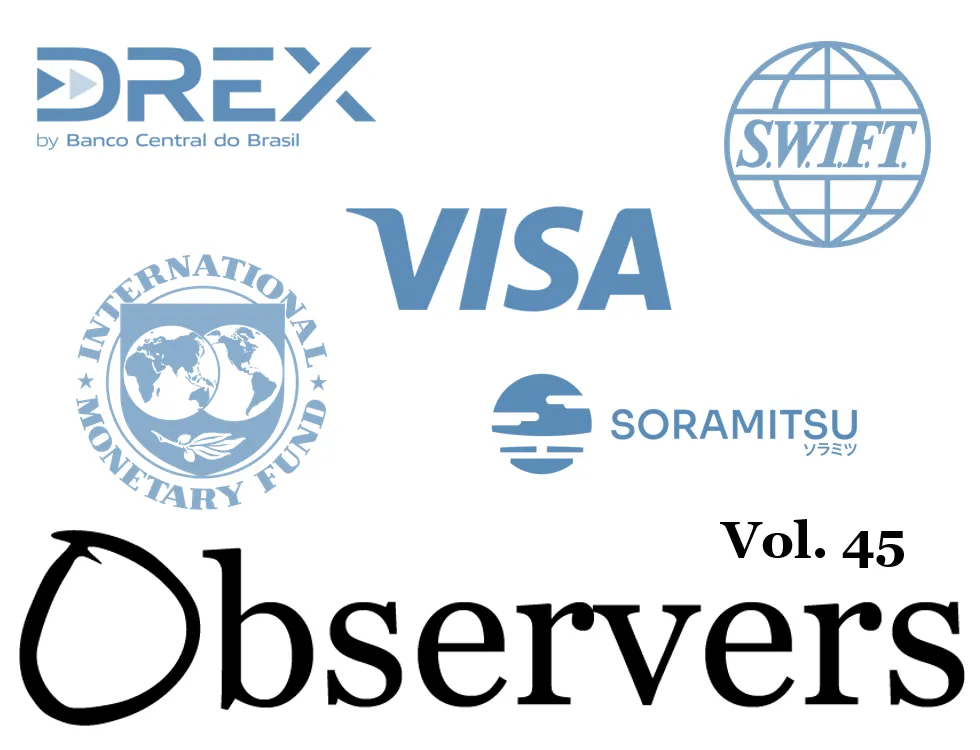Banking CBDC Roundup, CBDC, e-CNY, IMF, DREX, SWIFT, SORA, Soramitsu, Palau, Visa, Digital Asset, Canton Network
Banking and CBDC Weekly Roundup: 07/10/2024
SWIFT's take on unified ledgers, IMF's CBDC research and Brazil DREX vision. In the tokenization segment, Visa unveils a new tokenization platform that'll allow central banks and financial institutions to launch their own stablecoins.

